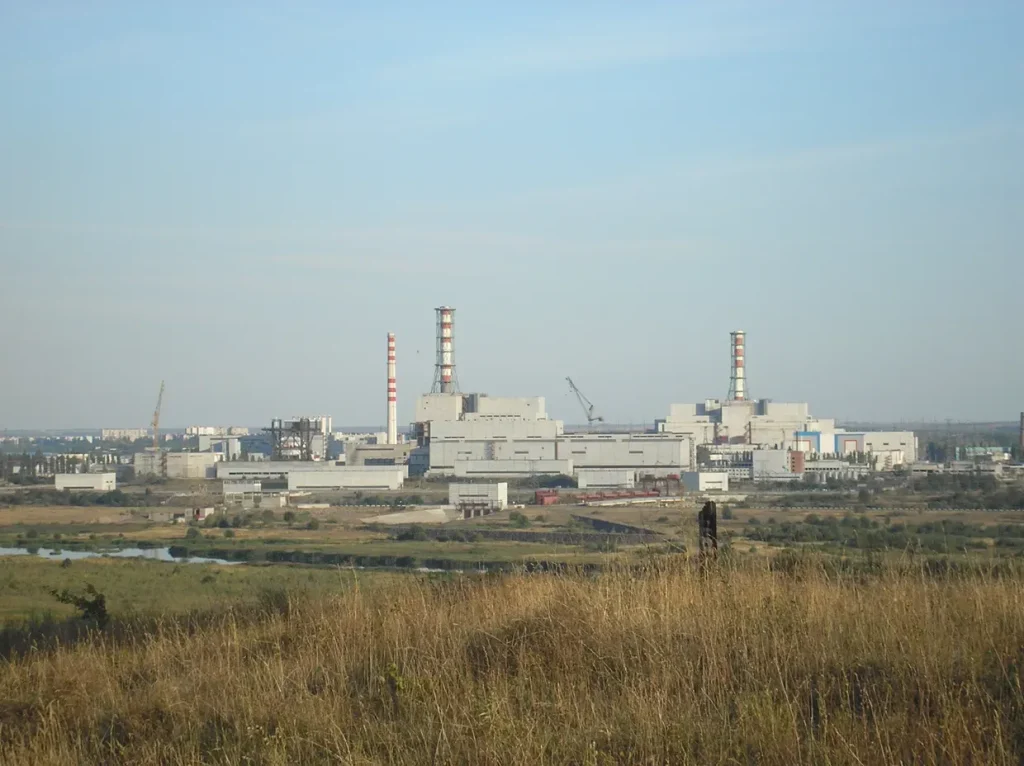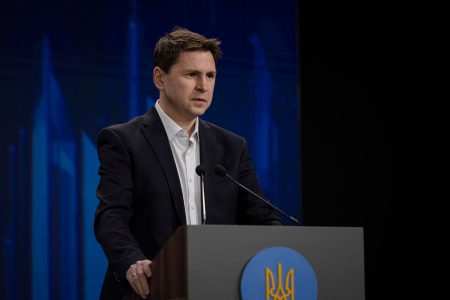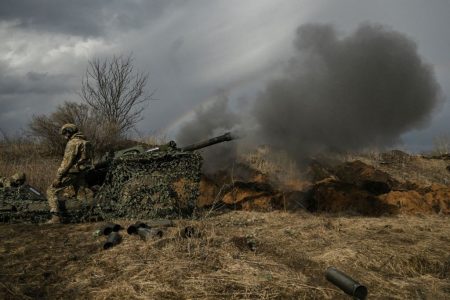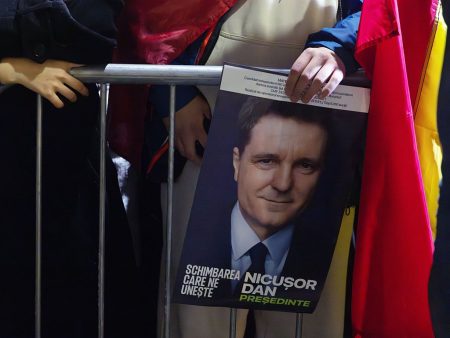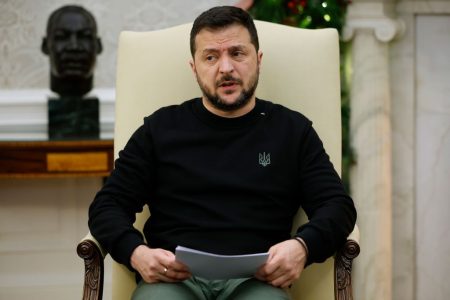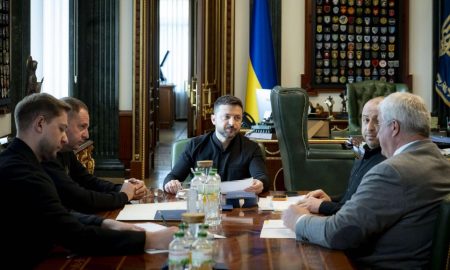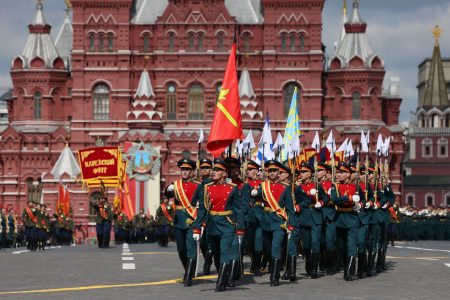International Atomic Energy Agency chief Rafael Grossi visited the Kursk nuclear power plant in Russia and expressed concerns about the risks associated with the ongoing incursion into Russia’s Kursk Oblast. He highlighted the potential dangers of drone activity near the plant, emphasizing the need to take nuclear safety risks seriously. The Kursk plant has RBMK type reactors, similar to the ones at the Chornobyl nuclear power plant, which lack the protective dome structure typical in modern nuclear plants. Grossi noted that the plant’s proximity to military activity further increases the risk of a nuclear accident.
The visit to the Kursk plant by the IAEA chief comes after allegations from Russian President Vladimir Putin and other officials that Ukraine has attempted or plans to attack the plant amid the ongoing conflict in the region. However, Kyiv has denied these allegations. Russia has also claimed, without evidence, that Ukrainian forces intend to strike the Zaporizhzhia Nuclear Power Plant in Ukraine, which has been under Russian occupation since March 2022. The Zaporizhzhia plant, Europe’s largest nuclear facility, has been a point of contention between the two countries, with accusations of nuclear blackmail and safety endangerment.
The Kursk operation is seen by Ukrainian President Volodymyr Zelensky as part of their victory plan and related to the upcoming second peace summit. Zelensky clarified that the operation is not directly linked to any points in Ukraine’s peace formula but is connected to the broader strategy for achieving peace and asserting Ukrainian victory. The situation at the Kursk plant highlights the challenging dynamics and risks involved in the ongoing conflict between Ukraine and Russia, especially in proximity to crucial nuclear facilities.
The lack of containment domes and protective structures at the Kursk plant raises concerns about the potential consequences of any impact or military activity near the facility. Grossi emphasized the need to address nuclear safety risks seriously, given the potential catastrophic outcomes of an accident at a plant with exposed reactors. The visit to the plant and the subsequent meeting with President Zelensky in Kyiv underscore the importance of international cooperation and oversight in ensuring the safety and security of nuclear facilities in conflict zones.
The allegations and counterclaims between Russia and Ukraine regarding the safety and security of nuclear plants in the region highlight the complex and high-stakes nature of the conflict. The accusations of attempted attacks on nuclear facilities and the potential for nuclear blackmail add a concerning dimension to an already volatile situation. International organizations like the IAEA play a crucial role in monitoring and assessing the safety of nuclear facilities and providing recommendations to mitigate risks, especially in conflict-affected areas like the Kursk Oblast.
As tensions continue to escalate between Ukraine and Russia, the safety and security of nuclear facilities remain a critical concern. The potential for accidents or deliberate attacks on these facilities underscores the need for transparency, cooperation, and adherence to international nuclear safety standards. The visit of the IAEA chief to the Kursk plant serves as a reminder of the importance of safeguarding nuclear facilities and preventing any actions that could lead to nuclear disasters with far-reaching consequences. By supporting independent journalism and international oversight, stakeholders can work towards mitigating nuclear risks and promoting peace and stability in the region.









